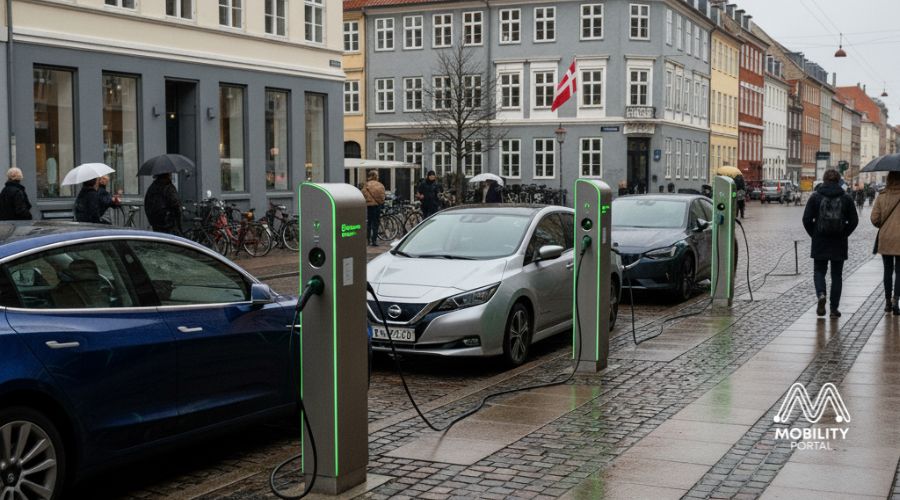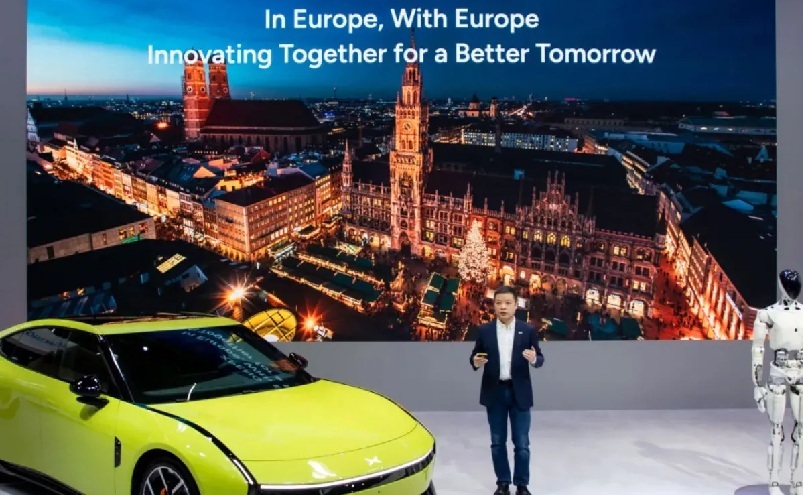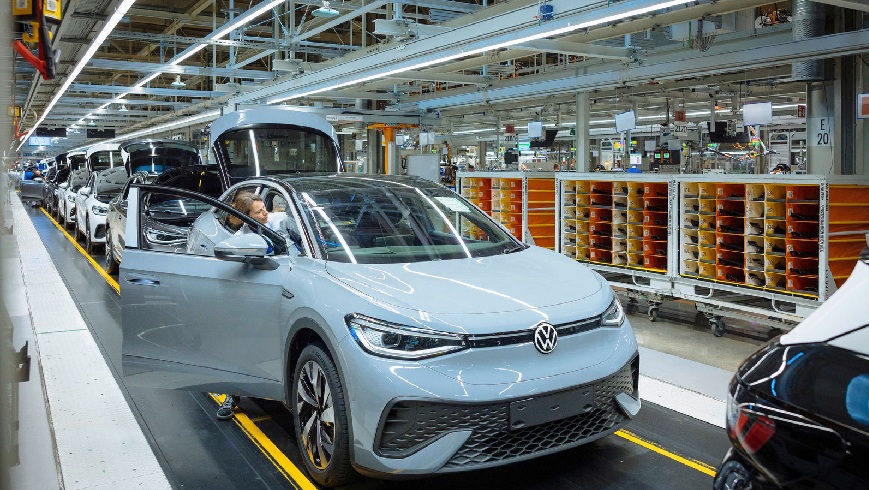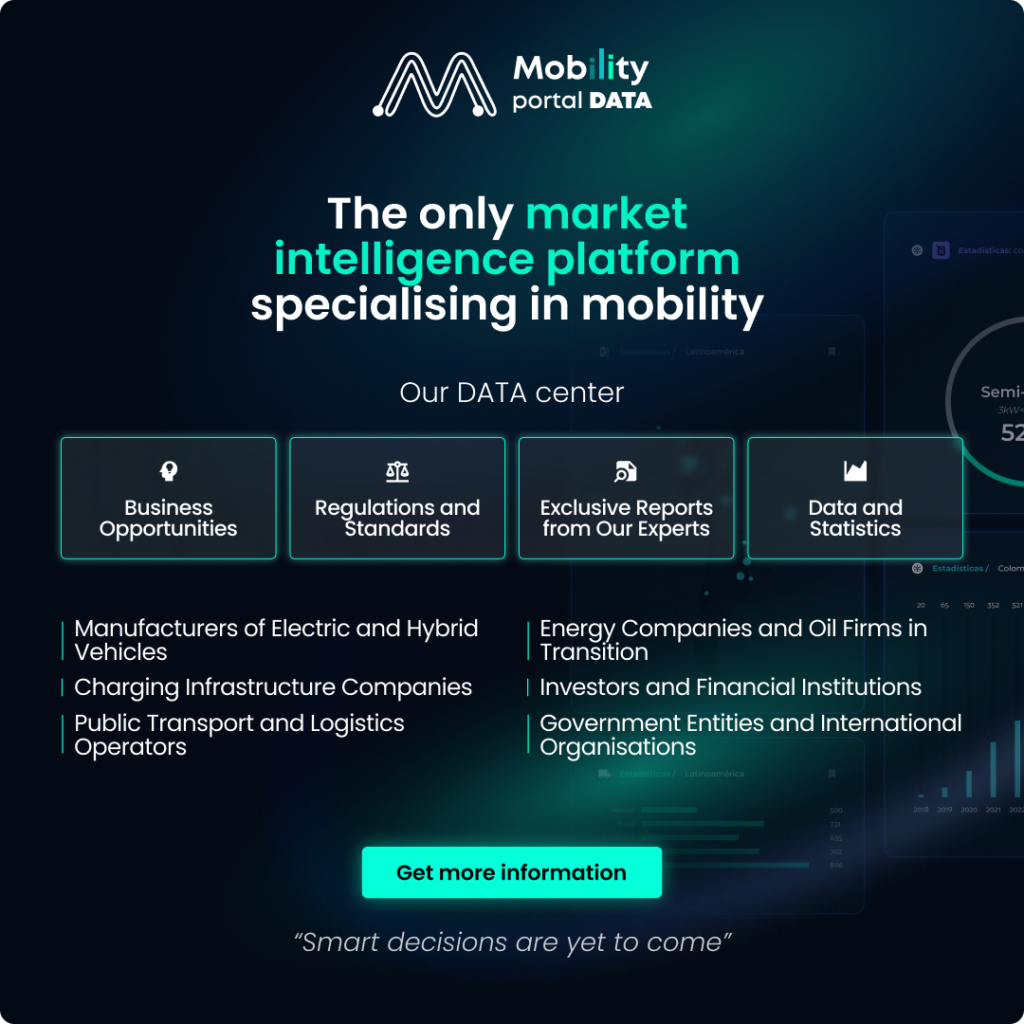The country is moving towards a more structured eMobility ecosystem. CCS2 is now the norm for public chargers, and tariffs are built on three signals: a base fee for connection, energy pricing per kWh, and an idling penalty.
This shifts the debate from technical issues to operational ones. For fleets, savings no longer depend on the charger itself, but on when they charge and how well they care for their batteries.
Matías Rolando, Head of Projects at EVE-MOVE, puts it succinctly: “Standardisation is key to ensuring better quality and availability.”
Within this framework, the company is developing a fleet management platform that analyses usage patterns, schedules charging during cheaper hours, and monitors battery health to extend lifespan.
The tariff model supports this logic: prioritise base charging during off-peak hours and reserve top-up sessions for public chargers, avoiding extra costs and equipment blockage.
Uruguay’s pricing model: Base + kWh + idling fee
State utility UTE’s tariff model combines three signals: a flat connection fee, energy pricing per kWh, and an idling penalty.
In AC charging, the connection fee is USD 0.95, and energy is billed at USD 0.18/kWh. For DC chargers, the base fee is USD 2.30 and the rate is around USD 0.20/kWh.
Idling fees are steep: USD 0.17/min (AC) and USD 0.21/min (DC) after 20 minutes plugged in without active charging. Just ten idle minutes on a DC charger could add nearly USD 2.15, making short sessions significantly more expensive.
The system also offers discounts.
Private users and fleets receive 30% off the per-kWh rate, while taxis and ride-hailing platforms receive 40% off and pay no base fee. This brings AC rates down to USD 0.13/kWh for individuals and as low as USD 0.11/kWh for taxis—even on fast chargers.
The price signal is clear: charge, top up, and move on.
Home vs. public charging: When does each make sense?
At home, with the Triple Time Residential Tariff (TRT), electricity is even cheaper: USD 0.057/kWh in off-peak hours, USD 0.12/kWh mid-peak, and USD 0.27/kWh during peak (excl. VAT).
Even with a 30% public charging discount, fast DC charging (USD 0.14–0.15/kWh) still costs 2–3 times more than home charging during off-peak hours.
UTE also offers incentives for installing residential chargers, encouraging users to shift consumption to off-peak periods.
CCS2 dominates; GB/T becomes obsolete
On public roads, CCS2 is now the dominant standard.
GB/T chargers, which gained ground with the influx of Chinese EVs, are becoming less relevant.
“Most of the public charging infrastructure today is CCS2,” says Rolando. However, some GB/T units remain in place to meet a dwindling demand.
The transition has been carefully managed. Dual-connector chargers have been installed at key locations to act as a bridge between both standards. “They ensure continuity and protect previous investments,” says Rolando, avoiding downtime for drivers still using GB/T vehicles.
2025 bottleneck: Interoperability and roaming
With CCS2 consolidated, the friction now lies in access.
Different apps, limited payment methods, and lack of backend integration between operators create a fragmented user experience.
According to EVE-MOVE, the issue is no longer about hardware. “The problem isn’t the connector—it’s interoperability,” says Rolando.
According to EVE-MOVE, the issue is no longer about hardware.
“The problem isn’t the connector—it’s interoperability,” says Rolando. He argues that the current business model leads to “closed networks that don’t talk to each other,” limiting usage and reducing real infrastructure availability.
The solution lies in unified communication protocols and a roaming model that allows users to charge at any station, regardless of the operator.
The immediate roadmap focuses on three areas: local roaming, real-time data sharing, and standardised KPIs such as uptime, usage, and idling. The goal: a single credential to access any charger nationwide.
Uruguay has already settled two key debates—standardising connectors and establishing a pricing model that encourages efficient network use. Now, the competitive edge lies in a new layer: interoperability, open data, and intelligent management.
DISCOVER MOBILITY PORTAL DATA
Explore Mobility Portal Data, an exclusive new market intelligence platform offering reliable data and key insights to support smart decision-making across the entire automotive sector—from combustion and electric vehicles to charging infrastructure.
Research, trend analysis, and well-organised statistics presented with clarity and accuracy, along with up-to-date information—all just one click away.
With Mobility Portal Data, the best decisions are just around the corner.
READ MORE
-
Affordable and reliable charging: Denmark’s two “unfinished tasks”
Denmark has already passed the threshold for mass adoption of electric vehicles. However, the eMobility sector warns that public charging remains “too expensive” compared to refuelling with petrol or diesel.
-
XPENG arrives in 5 European countries: Where will its expansion plan begin?
This expansion follows XPENG’s new manufacturing deal with Magna in Austria, enabling local production, avoiding EU tariffs, and boosting its footprint in Europe.
-
Volkswagen to cut production at several German plants amid weak EV demand
Zwickau and Emden have seen low demand for electric vehicles, while Osnabrück is reporting weak sales of the convertibles produced at the plant.









